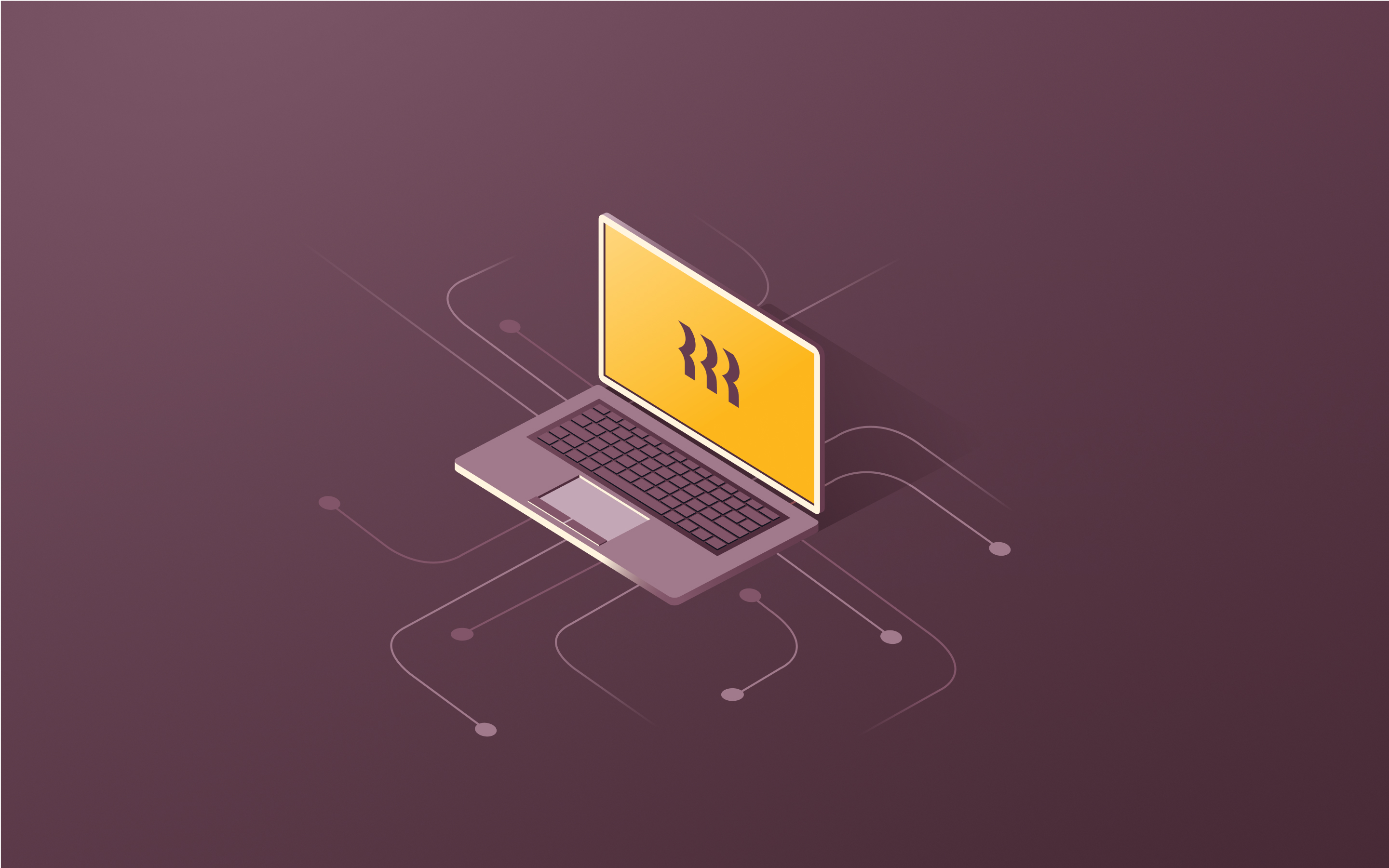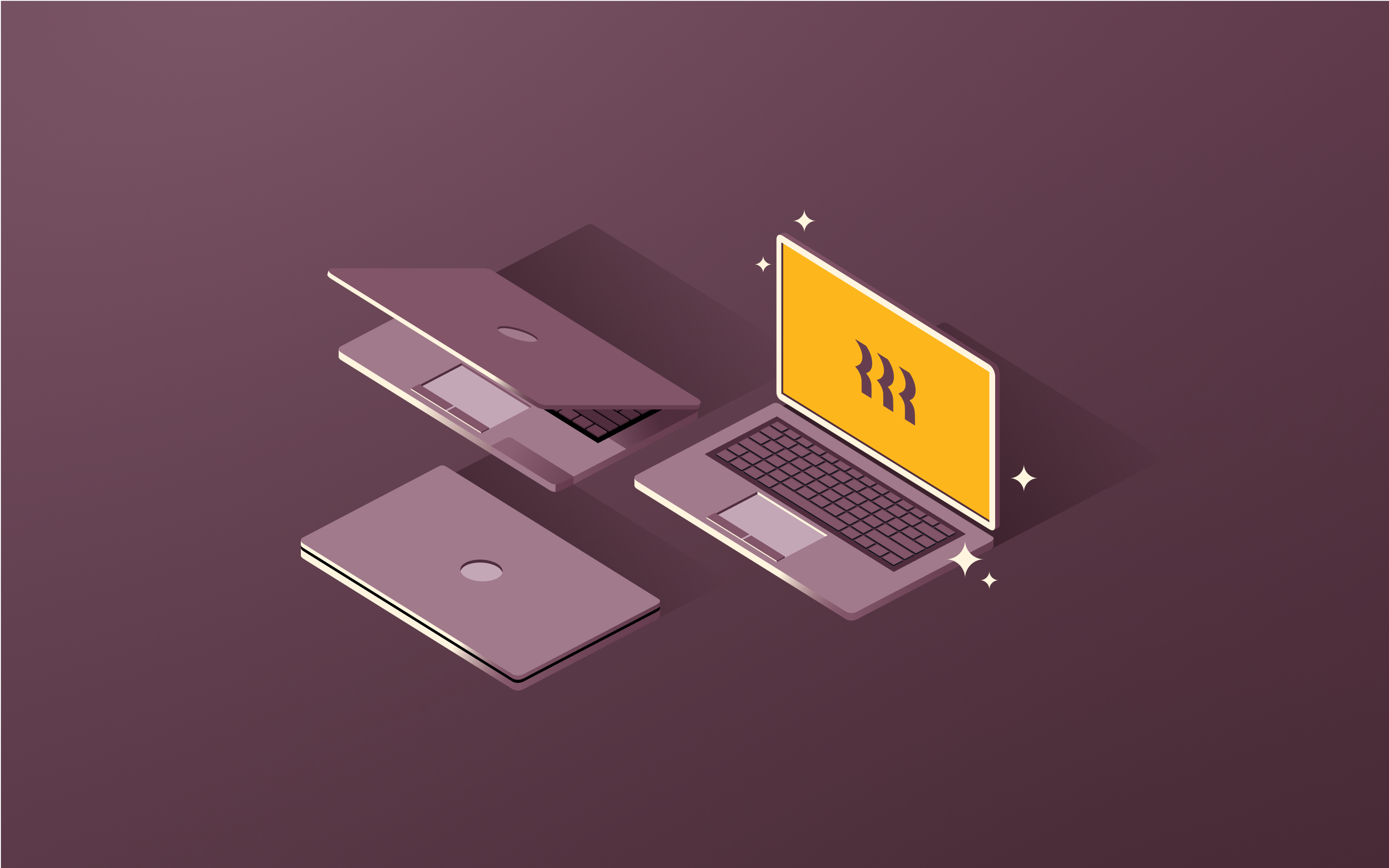Complete IT onboarding checklist for new hires
Effective onboarding and training are critical for setting new employees up for long-term success. A comprehensive IT onboarding process equips new hires with the tools, knowledge, and support they need to hit the ground running and make meaningful contributions from day one.
In this guide, we'll explore the key components of an IT onboarding checklist and share best practices for creating a smooth, efficient new hire onboarding experience.
What is IT onboarding?
IT onboarding is the process of integrating new employees into an organization's technology ecosystem. This involves a range of activities, such as:
- Setting up hardware (computers, phones, etc.)
- Granting access to necessary software and systems
- Providing training on IT policies and best practices
- Ensuring compliance with data security and privacy regulations
The specifics of IT onboarding can vary depending on the company size, industry, and the new hire's role and department. For example, a software developer may require access to specialized tools and development environments, while a sales representative may need access to the CRM and video conferencing software.
The importance of IT onboarding
Investing time and resources into a well-structured employee onboarding process offers several key benefits:
- Boosts productivity: By providing new hires with the right tools and training from the start, they can quickly get up to speed and start contributing to their teams. A study by Glassdoor found that organizations with a strong onboarding process improve new hire productivity by over 70%.
- Prevents security risks: Comprehensive IT onboarding ensures that new employees understand and follow the company's security policies and best practices. This reduces the risk of data breaches, cyber attacks, and other security incidents caused by human error or lack of awareness.
- Enhances employee experience: A smooth, well-organized onboarding process helps new hires feel welcomed and supported as they navigate their new role. This can lead to higher job satisfaction and engagement rates. The same study found that organizations with a strong onboarding process improve new hire retention by 82%.
- Improves business organization: A new hire checklist helps maintain accurate records of user accounts, licenses, and equipment assignments. This leads to better overall organization and can save time and resources in the long run by avoiding duplication or confusion.
- Reinforces company culture: Proper IT onboarding introduces new hires to digital tools and platforms that support and reflect the organization's values and ways of working, helping them integrate more quickly into the company culture.
How to create an IT onboarding checklist
Creating an effective IT onboarding checklist requires close collaboration between HR and IT teams. Here's a step-by-step process to follow:
- Define roles and responsibilities: Clearly outline the roles and responsibilities of HR, IT, and the new hire's manager in the onboarding process. This ensures accountability and prevents important tasks from falling through the cracks.
- Gather new hire information: HR should provide IT with key details about incoming new hires, including job title, department, start date, manager's name, and equipment and access needs.
- Create a timeline: Work backwards from the new hire's start date to create a timeline of tasks that need to be completed. This may include ordering equipment, setting up accounts, and scheduling training sessions. Be sure to allow sufficient lead time for each task.
- Develop a standardized checklist: Using the timeline as a guide, create a standardized onboarding checklist that includes all the necessary tasks and assignments. This checklist should be easily customizable based on the new hire's specific needs.
- Choose a tracking method: Decide how you will track progress on the onboarding checklist. This could be a simple Excel spreadsheet, a project management tool like Trello or Asana, or a specialized HR or IT software.
- Assign owners and due dates: For each task on the checklist, assign a clear owner and due date. This ensures that everyone knows their responsibilities and deadlines.
- Test and refine: Before rolling out the onboarding checklist, test it with a small group of new hires and gather feedback. Use this feedback to refine and improve the process over time.
IT onboarding checklist: What to include and best practices
A detailed IT onboarding checklist should cover tasks and activities before, during, and after the new hire's first day. Here's a breakdown of key steps to include:
Before the new hire’s first day
Share new employee information with the IT department
As soon as a new hire accepts their offer, HR should share key information with the IT department, including the employee's name, role, start date, and manager. This gives IT sufficient lead time to provision the necessary accounts and equipment.
Order and set up equipment
Based on the new hire's role and needs, IT should order and configure their computer, phone, and any other necessary hardware. Installing required software and setting up user accounts in advance ensures a smooth first day.
Create user accounts
Work with the new hire's manager and department head to identify which systems, applications, and data the new employee will need access to. Create a list of all the necessary access permissions and ensure they are set up before the new hire's first day. Implement security best practices such as multi-factor authentication (MFA), strong password policies, and least privilege access from the start.
Determine access needs
Using the access needs list as a guide, create user accounts for the new employee in all the required systems. Be sure to use a consistent naming convention (e.g., firstname.lastname) for easy identification and management.
During the new hire’s first day
Prepare and deliver equipment
Ensure that the new employee's computer, phone, and other equipment are fully set up and ready to go on their first day. If the new hire is working remotely, ship the equipment to their home office in advance. Provide a welcome package that includes any necessary accessories (mouse, keyboard, headset) and a quick start guide with login instructions and IT support contact information.
Schedule 1:1 meetings
Arrange for the new hire to meet with their manager and key teammates to discuss their role, responsibilities, and initial projects. An IT representative should also meet with them to provide an overview of the company's technology setup and policies.
Provide hands-on training
In addition to the meetings, provide hands-on training on the tools and systems the new hire will be using regularly. Tailor the training to the new hire's role and skill level, and provide opportunities for practice and questions.
Review security policies
Dedicate time on the first day to review the company's data privacy and security policies and procedures with the new hire. This includes guidelines for handling sensitive data, bring your own device (BYOD) policies, password management best practices, and cybersecurity awareness training. Have the new hire sign any necessary acknowledgements or agreements to confirm their understanding and commitment to following these policies.
After the new hire’s first day
Check in regularly
Schedule regular check-ins with the new hire during their first few weeks to ensure they have everything they need and are comfortable with the company's IT environment. Use these check-ins to answer any questions, provide additional training or support, and gather feedback on the onboarding experience.
Provide ongoing education
Develop a plan for ongoing IT education and training to keep the new hire up-to-date on the latest tools, best practices, and cybersecurity threats. This may include:
- Regular security awareness training
- Sessions on new software or features
- Online courses or certifications
- Attendance at industry conferences or events
Encourage the new hire to take an active role in their own learning and development, and provide resources and support to help them grow.
Continuously improve the process
Regularly review and update your IT onboarding checklist based on feedback from new hires, managers, and IT staff. Look for opportunities to streamline processes, automate tasks, and improve the overall experience.
IT offboarding checklist
Just as important as onboarding, a structured offboarding process is critical for maintaining security and ensuring a smooth transition when an employee leaves the company. Here's a detailed offboarding checklist of key steps to follow:
Step
Task
Owner
Due Date
1
Notify IT of employee departure
HR
Upon receipt of resignation
2
Revoke system access
IT
Last day of employment
3
Close employee accounts
IT
Last day of employment
4
Change shared account passwords
IT
Last day of employment
5
Forward employee email
IT
Last day of employment
6
Recover company equipment
IT
Last day of employment
7
Remove from distribution lists
IT
Last day of employment
8
Conduct exit interview
HR
Last day of employment
9
Reclaim software licenses
IT
Within 1 week of departure
10
Transfer data and business-critical docs
Manager
Does not bear an economic risk
1. Notify IT of employee departure
As soon as an employee gives notice, HR should inform the IT department of their last day of employment. This gives IT time to prepare for the offboarding process.
2. Revoke system access
On the employee's last day, immediately remove their access to all company systems and applications. This includes disabling their Active Directory account, VPN access, and any other accounts they may have.
3. Close employee accounts
Disable the employee's accounts in email, instant messaging, project management tools, and any other applications they used.
4. Change shared account passwords
If the departing employee had access to any shared accounts (social media, vendor portals, etc.), change those passwords immediately to prevent unauthorized access.
5. Forward employee email
Set up an auto-forward for the employee's email to their manager or another designated recipient. This ensures that important communications are not missed.
6. Recover company equipment
Collect all company-owned equipment from the employee, including their computer, phone, security badge, and any other devices.
7. Remove from distribution lists
Remove the employee from all internal email distribution lists, group chats, and shared calendars to avoid confusion and protect confidential information.
8. Conduct an exit interview
Schedule an exit interview with the departing employee to gather feedback on their experience, discuss the offboarding process, and answer any remaining questions they may have.
9. Reclaim employee licenses
Identify any software licenses that were assigned to the departing employee and reassign or cancel them as appropriate. This helps avoid unnecessary costs.
10. Transfer data and business-critical docs
Work with the employee's manager to identify any important files, data, or projects that need to be transferred to other team members. Ensure that all necessary information is properly handed off.
Smooth IT onboarding with Rippling: Download our free guide
Rippling's HRIS and device management features simplify the IT process by automating most onboarding and offboarding tasks. With Rippling, you can:
- Automatically provision and deprovision user accounts based on role and department
- Order, configure, ship, and retrieve equipment directly to/from new hires
- Manage access permissions and security policies from a central platform
- Generate detailed reports on user accounts, licenses, and equipment assignments
By leveraging Rippling's powerful automation and integration capabilities, you can create a seamless, efficient onboarding experience that saves time and reduces security risks.
To learn more about streamlining your IT onboarding and offboarding processes, download Rippling's free IT Hero's Guide.
Frequently asked questions
How do you onboard remote employees?
With the rise of remote work, IT onboarding processes need to be adapted to support employees who may never set foot in a physical office. When onboarding remote employees, focus on these key actions:
- Ship equipment and accessories directly to the employee's home office
- Provide clear, written instructions for setting up and using company-provided hardware and software
- Conduct virtual orientation sessions and training via video conferencing
- Ensure that remote employees have secure access to all necessary systems and data
- Establish clear communication channels and protocols for IT support and troubleshooting
By leveraging cloud-based tools and remote access solutions, IT teams can create a smooth, effective onboarding experience for remote employees.
What are the 5 pillars of onboarding?
The five pillars of onboarding often referred to as the 5 Cs of onboarding are a framework for designing a comprehensive, effective onboarding program. They include:
- Compliance: Ensuring that new hires understand and adhere to company policies, procedures, and legal requirements.
- Clarification: Clearly defining the new hire's role, responsibilities, goals, and performance expectations.
- Culture: Helping new hires understand and integrate into the company's mission, values, norms, and ways of working.
- Connection: Fostering relationships between new hires and their managers, teammates, and other key stakeholders.
- Check in: Providing ongoing support, feedback, and development opportunities to help new hires succeed in their roles.
By addressing each of these areas, organizations can create a holistic onboarding experience that sets new hires up for long-term success.
How do I create a structured IT onboarding process?
To create a structured IT onboarding process, start by developing a comprehensive checklist that covers all necessary steps, including account creation, hardware setup, and software installations. Establish clear timelines and assign responsibilities to specific team members for each task. Implement a centralized system to track progress and ensure nothing falls through the crack. Consider creating video tutorials or documentation to guide new hires through common procedures.
How do companies ensure compliance with data protection and security regulations during onboarding?
Companies ensure compliance during onboarding by incorporating mandatory training sessions on data protection policies and security protocols. They often require new employees to sign confidentiality agreements and acknowledge their understanding of data handling procedures. Additionally, companies may implement role-based access controls, ensuring that new hires only have access to the data and systems necessary for their specific job functions, and conduct regular audits to verify compliance.
Schedule a demo with Rippling IT today
This blog is based on information available to Rippling as of October 3, 2024.
Disclaimer: Rippling and its affiliates do not provide tax, accounting, or legal advice. This material has been prepared for informational purposes only, and is not intended to provide or be relied on for tax, accounting, or legal advice. You should consult your own tax, accounting, and legal advisors before engaging in any related activities or transactions.









